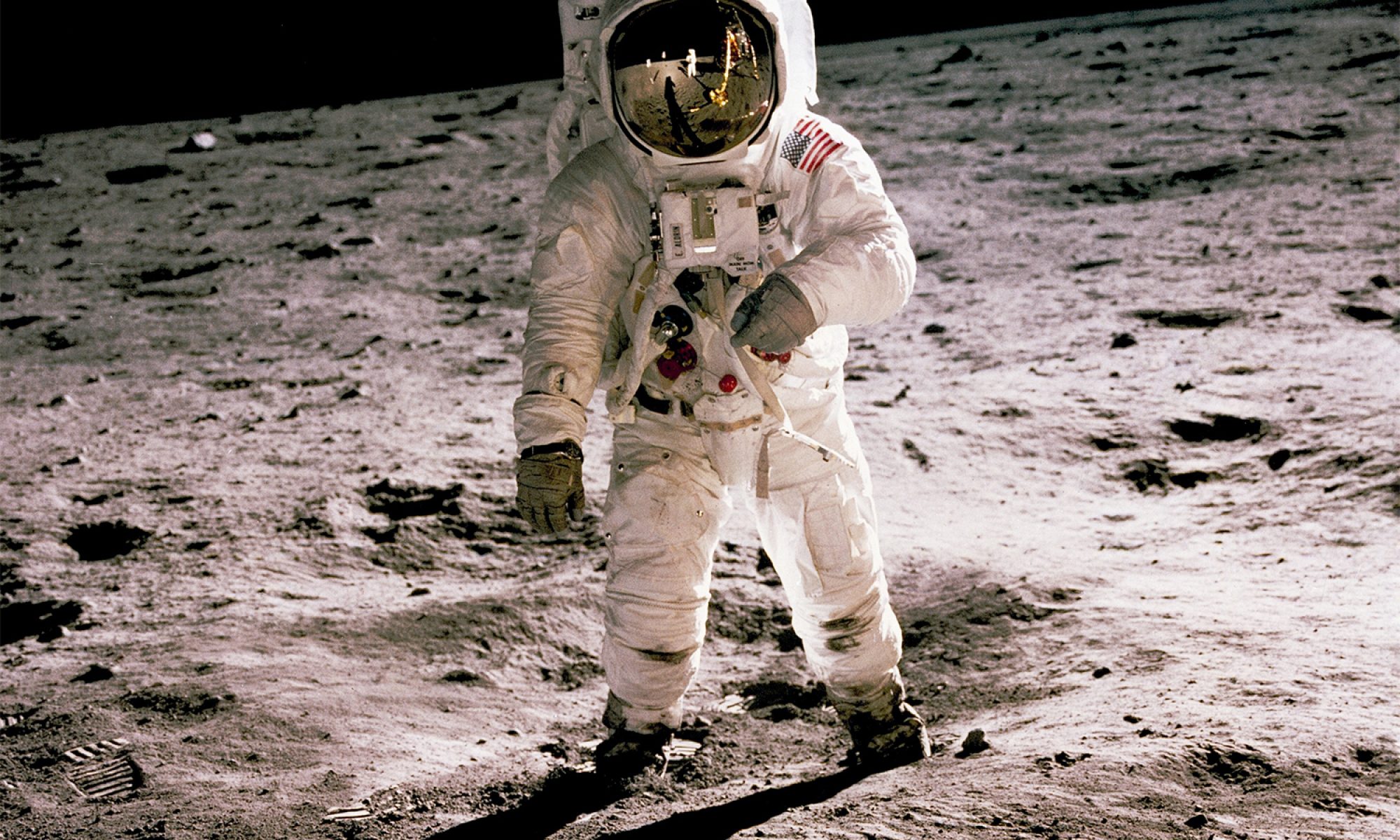As you likely noticed, from extensive media coverage, it’s now been fifty years since man first set foot on the moon. An iconic event in human history; the names of those involved, quotes, indelible images firmly planted in the collective consciousness of most of the planet.
Although Armstrong and Aldrin carried with them a selection of crackers and pickles, NASA already suspected the moon was not made of cheese. They were right. The moon is actually a lump of our very own Earth, knocked off in a collision with planet-sized lump of matter (called Theia) when Earth was just a baby, some 4.51 billion years ago. What happened to Theia? It’s now thought the collision was more than a glancing blow and that what remains of Theia was essentially absorbed by Earth and our moon. She may have brought us the bulk of our water, for which we should be eternally grateful. No water, no us… Thanks, Theia.
The Apollo missions around the turn of the 1970s brought back with them some 2,200 samples of moon rock, and no cheese. The un-manned Russian Luna projects also collected specimens, and a lot of pieces of the moon have made it to Earth as meteorites, similarly dislodged from their second home and returned to their roots via an exciting journey through space, unassisted by astronaut or robot. In 1973 NASA made a gift of a mounted piece of the Apollo material, a fragment of sample 70017, to each US state and independent nation – the Goodwill Moonrocks. There’s an on-going project to locate each of these pieces, but perhaps unsurprisingly, a sizeable number (180 of 270) have gone missing over the years – sold, stolen, eaten by wolves.
While the Goodwill pieces can’t be legally traded, there is a global market for meteorites; lunar meteorites included. So it is possible to own a little piece of the moon. There is an international group of over 1,000 scientists and enthusiasts called the Meteoritical Society, who issue a regular bulletin documenting and classifying each and every meteorite find. All known meteorites are given a name – some more inspiring than others – making things easier for everybody. The NWA number shown on the boxed example pictured is its name – the letters simply standing for North West Africa, where it was found. Sometimes more information is known; a more specific find locality, a date, the name of the collector, etc, but there will always be a description of the type of rock and basic chemistry.
Whatever happens next in our attempts to explore our cosmic surroundings, Neil Armstrong’s first step on the moon will forever remain one of humanity’s crowning achievements, and the celebrations and commemorations are entirely justified.

